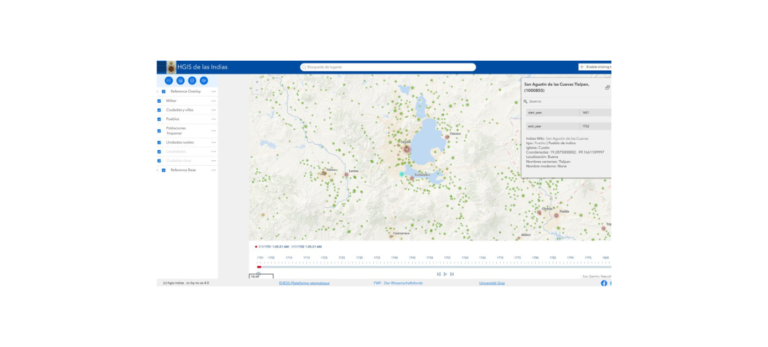
HGIS de las Indias ist eine historisch-geographische Datenbank zum Spanisch-Amerika der ausgehenden Kolonialzeit.
Short description of the project
Annotieren, Analysieren, Interpretieren und Visualisieren: In CATMA können Textwissenschaftler:innen so arbeiten, wie es ihren Fragestellungen am besten entspricht: qualitativ oder quantitativ, bottom-up und explorativ oder deskriptiv und taxonomiebasiert, einzeln oder im Team. Das webbasierte Open Source Tool ist kostenfrei und bietet außerdem die Möglichkeit, eigene Daten zu exportieren, um sie zum Beispiel mit anderen Tools weiter zu verarbeiten.
Das Tool wird seit 2008 kontinuierlich weiterentwickelt. CATMA 7 wurde innerhalb des von der Stiftung Innovation in der Hochschullehre (StIL) geförderten Projektes forTEXT Portal (https://fortext.net) entwickelt und im Mai 2023 veröffentlicht.
Project content
CATMA knows no dogma, is open source, available free of charge and web-based. The annotation tool is project-centered and allows you to work with texts in all common file formats and in most languages, including languages that are written from right to left. Users can upload their own corpus, share it with a team and work on it collaboratively. Any number of projects can be created.
In addition to the “Project” module, there are three main modules in CATMA: "Annotate", "Tags" and "Analyze":
Texts, annotations, query results and visualizations can be exported in various formats. In addition, access to the "raw" data is guaranteed at all times.
The Python package GitMA, which was first published in 2021 and can be seen as an extension of CATMA, uses the above-mentioned access to the raw data to enable further processing, analysis and manipulation of this data with the help of common Python data science tools. In particular, this includes functions that enable the (visual) comparison of annotations from different annotators, the calculation of inter-annotator agreement scores and the creation of gold annotations.
The associated CATMA website contains FAQs, tutorials, a manual, a glossary as well as comprehensive information on technical documentation and contact information for user support.
Malte Meister
Technische Universität Darmstadt
Institut für Sprach- und Literaturwissenschaft
Residenzschloss 1
64283 Darmstadt
E-Mail: team@catma.de
Find out more at
Add your DH research project to the project showcase by submitting a short project description via the web form. Enter project data, a brief description, a graphic or visualization as well as a detailed description of the project content with technical assignment, addressees, added value, project managers, funding information and duration.

HGIS de las Indias ist eine historisch-geographische Datenbank zum Spanisch-Amerika der ausgehenden Kolonialzeit.
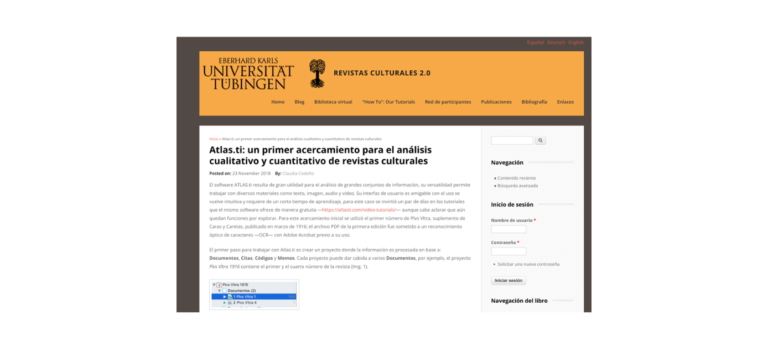
Das Portal Revistas culturales 2.0 dient als virtuelle Forschungsumgebung für alle Interessenten, die sich mit historischen Zeitschriften aus dem spanischsprachigen
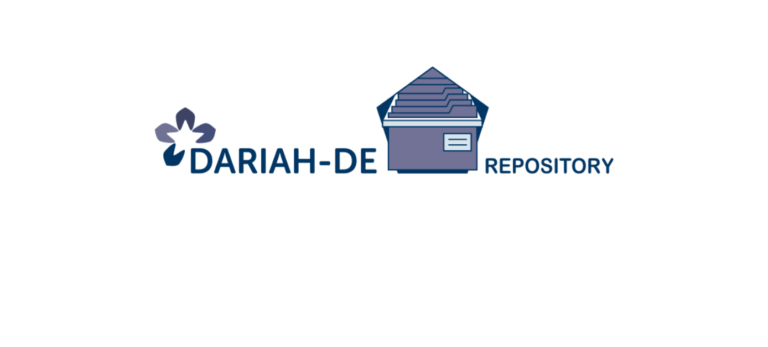
Das DARIAH-DE Repository ist eine zentrale Komponente der DARIAH-DE Forschungsdaten-Föderationsarchitektur, die verschiedene Dienste und Anwendungen aggregiert und so komfortabel nutzbar
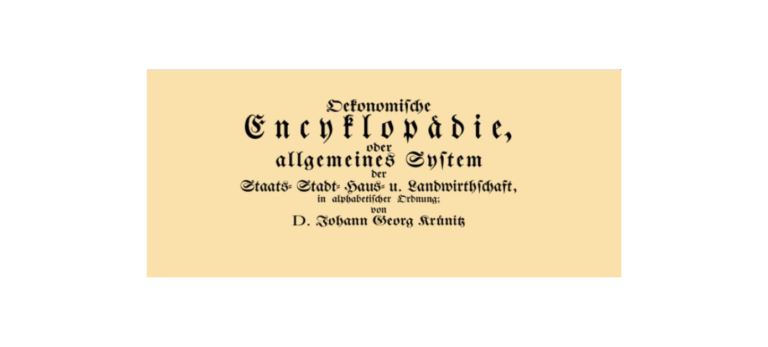
Digital edition of the economic-technological encyclopaedia by J. G. Krünitz, published in 242 volumes from 1773 to 1858.
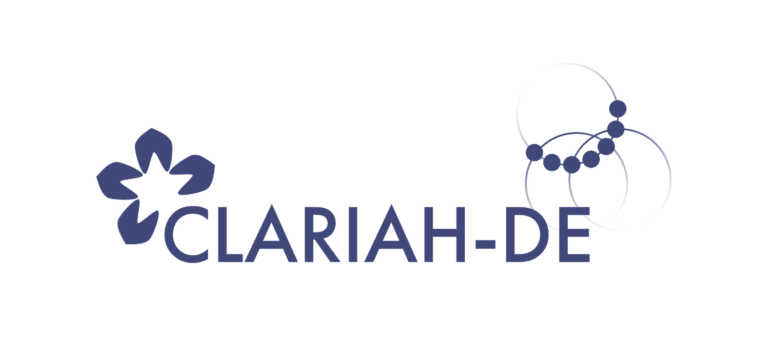
CLARIAH-DE ist ein Beitrag zur digitalen Forschungsinfrastruktur für die Geisteswissenschaften und benachbarte Disziplinen. Durch die Zusammenführung der Verbünde CLARIN-D und
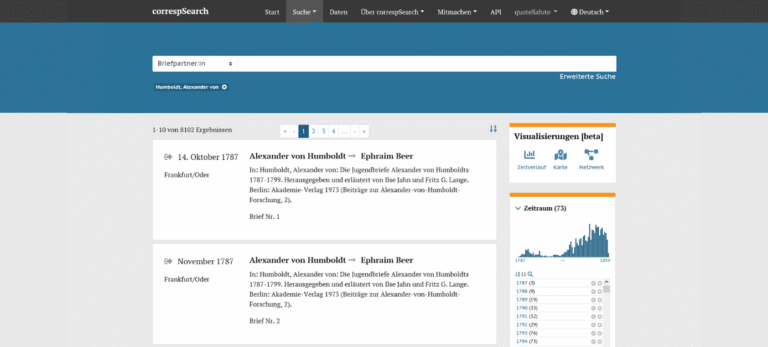
Der Webservice correspSearch wurde entwickelt um ein lange bestehendes Desiderat von Briefeditionen zu beheben: Die edierten Briefe editionsübergreifend durchsuchen zu
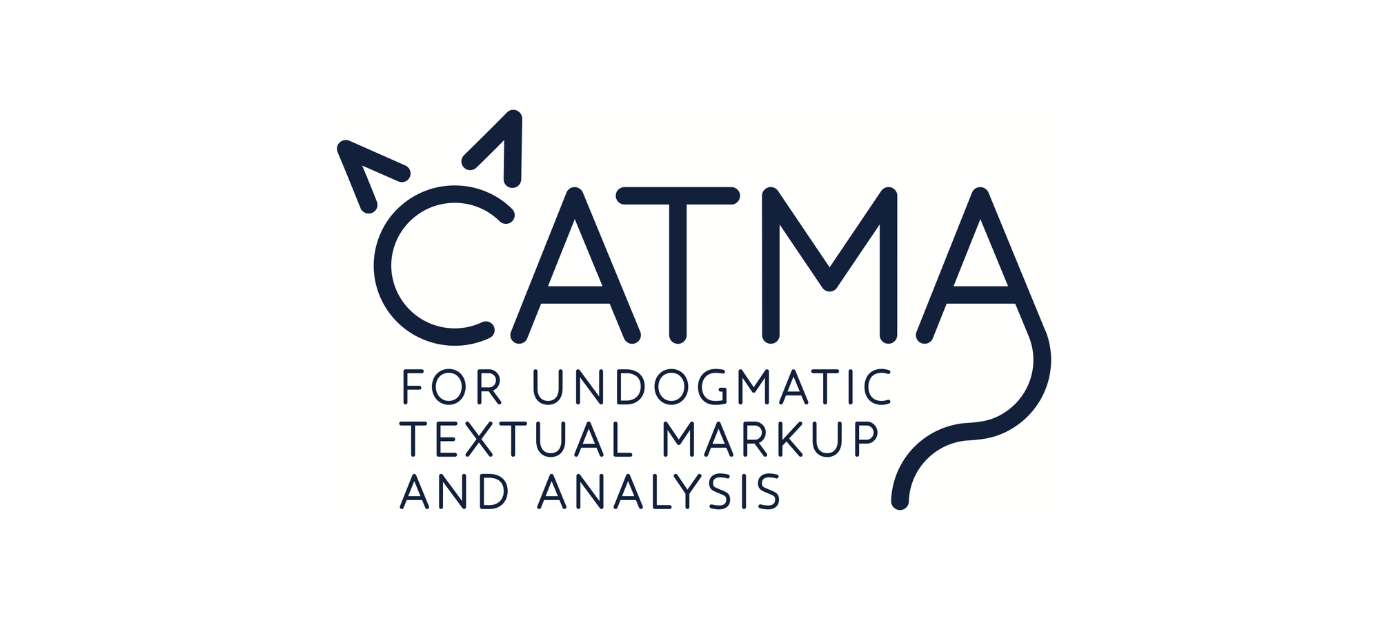
Annotate, analyze, interpret and visualize: In CATMA, text researchers can work in the way that best suits them: qualitatively or quantitatively, bottom-up and exploratory or descriptive and taxonomy-based, individually or in a team. The web-based open source tool is free of charge and also offers the possibility of exporting your own data, for example to process it further with other tools.
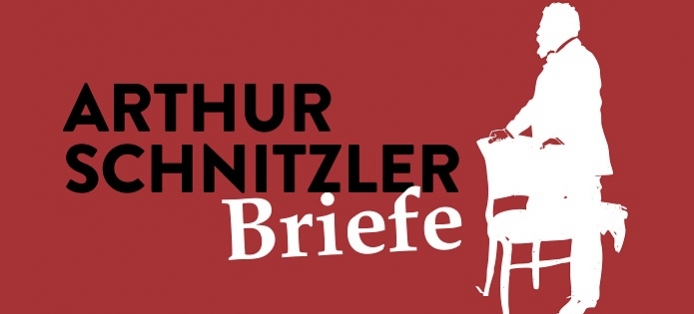
Arthur Schnitzler gehört zu den bedeutendsten österreichischen Autoren und war ein produktiver und gut vernetzter Briefschreiber. Seine Korrespondenz wurde jedoch
Wir verwenden Cookies und ähnliche Funktionen zur Verarbeitung von Daten. Die Zustimmung ist freiwillig und kann jederzeit widerrufen werden.